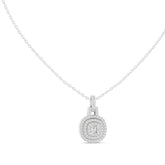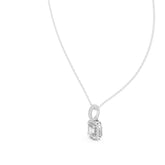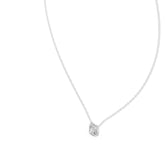Stone Setting
The stone setting process in jewelry involves securely placing gemstones into the metal setting of a piece. This process requires precision and skill to ensure the stones are secure and enhance the overall design. Here's an explanation of the typical stone setting process:
-
Design Considerations: The jewelry design determines the type of stone setting technique to be used. Common stone setting styles include prong setting, bezel setting, channel setting, pavé setting, and more.
-
Preparation: Before starting the stone setting process, the metal setting and the gemstones are prepared. The metal setting is carefully inspected for any imperfections or rough edges, ensuring it is suitable for stone placement. The gemstones are evaluated for quality and size, and any necessary adjustments, such as resizing or reshaping the setting, are made.
-
Prong Setting: Prong setting is one of the most popular stone setting techniques. It involves using small metal prongs to hold the gemstone in place. The prongs are carefully shaped, positioned, and secured around the stone using specialized tools. The number of prongs used depends on the design and size of the gemstone.
-
Bezel Setting: Bezel setting involves creating a metal rim or collar that completely surrounds the gemstone. The metal is shaped and soldered to fit the contours of the stone. The gemstone is then placed within the bezel and secured by carefully burnishing or tightening the metal around it.
-
Channel Setting: Channel setting involves placing multiple gemstones side by side within a metal channel. The gemstones are set in a row, and the metal edges of the channel secure them in place. This setting style is often used for accent stones or in bands.
-
Pavé Setting: Pavé setting involves closely spacing small gemstones together, often using beads or tiny prongs to secure them. The gemstones are set flush with the metal surface, creating a continuous sparkling effect. This technique is commonly used for adding a luxurious touch to jewelry pieces.
-
Finishing: After the stones are securely set, the jewelry piece undergoes additional finishing processes. This may include filing, sanding, and polishing the metal to remove any imperfections or marks caused during the stone setting process. The piece is carefully inspected for overall quality and appearance.
The stone setting process requires skill, precision, and attention to detail to ensure that the gemstones are securely held in place while showcasing their beauty. Experienced jewelers employ their expertise and specialized tools to execute various stone setting techniques, adding value and visual impact to the finished jewelry piece.






